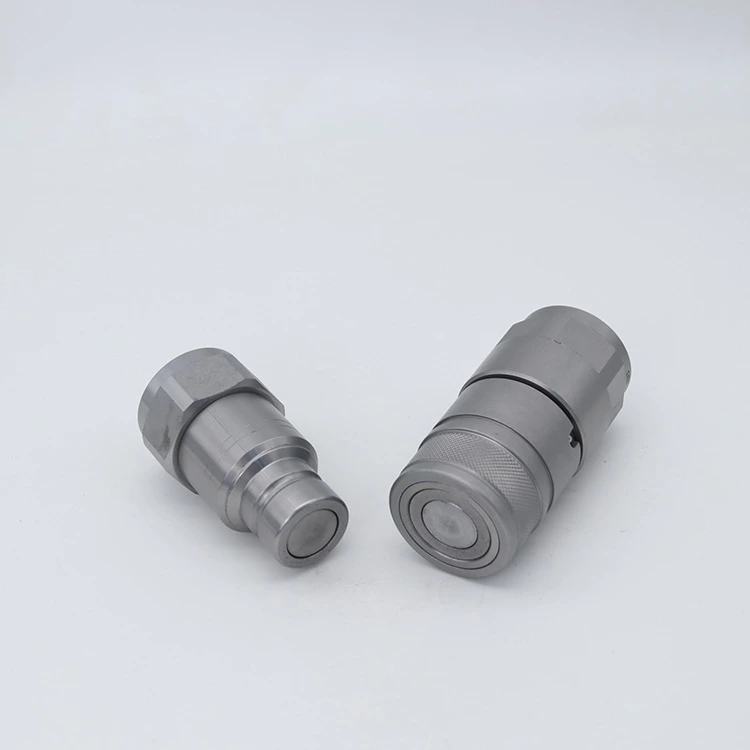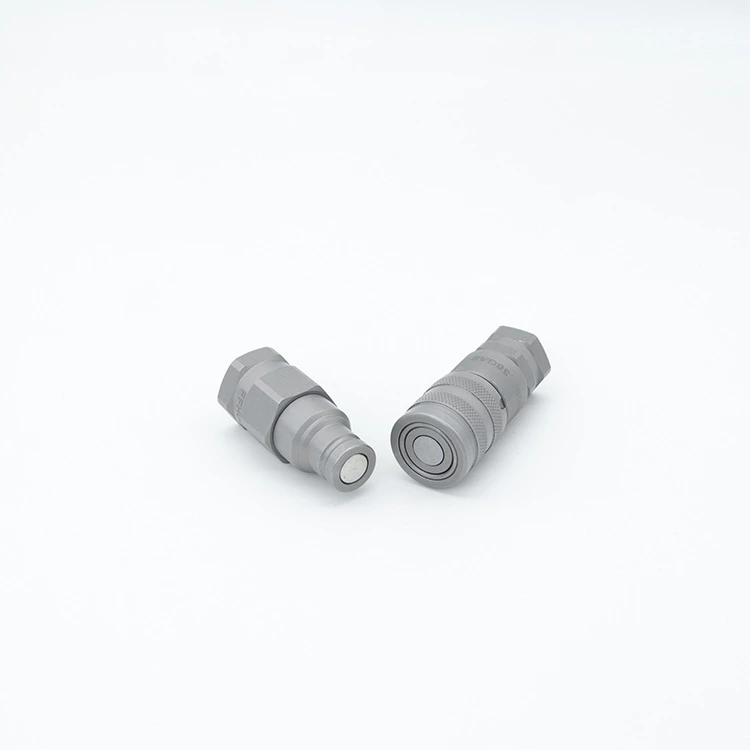What Materials Are Used in Coupling?
When it comes to industrial quick couplings, the material selection plays a crucial role in determining performance, durability, and safety.
Different materials are suitable for different working environments, pressures, and fluids. So, what materials are commonly used in manufacturing couplings? Let’s take a look.
1. Carbon Steel Couplings
Carbon steel is one of the most widely used materials in hydraulic and industrial systems.
Advantages: High strength, excellent pressure resistance, cost-effective.
Applications: Hydraulic machinery, construction equipment, and heavy-duty fluid transfer systems.
Note: Carbon steel should be plated (e.g., zinc or nickel) to prevent corrosion.
2. Stainless Steel Couplings
Stainless steel couplings are ideal for corrosive or high-hygiene environments.
Advantages: Superior corrosion resistance, temperature tolerance, and long service life.
Applications: Chemical plants, marine systems, food and beverage industries.
Commongrades include SS304, SS316, and SS316L.
⚙️ 3. Brass Couplings
Brass provides good corrosion resistance and machinability.
Advantages: Non-sparking, easy to seal, and suitable for low-to-medium pressure systems.
Applications: Pneumatic tools, water systems, and general industrial use.
4. Aluminum Couplings
Aluminum couplings are lightweight and ideal for portable or mobile applications.
Advantages: Easy handling, good corrosion resistance, and cost efficiency.
Applications: Air systems, agricultural equipment, and temporary hydraulic setups.
We provide couplings made from carbon steel, stainless steel, brass, aluminum, and special alloys to meet the diverse needs of customers worldwide. Each product undergoes strict quality inspection to ensure strength, safety, and reliability in every connection.



